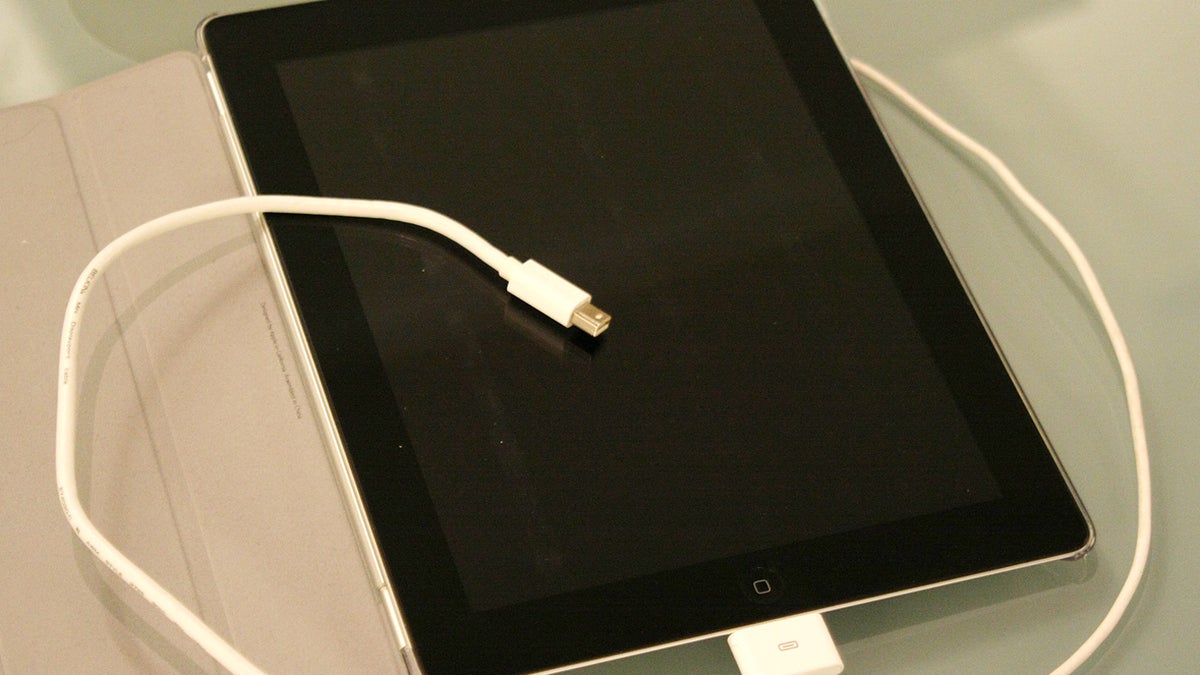5 Thunderbolt Mac peripherals we'd like to see
Thunderbolt's here...but where are the devices? Here are the peripherals we're most looking forward to seeing take advantage of the high-speed port that's showing up on new Macs.

Speed matters. It's why faster 4G data networks are gaining in popularity; it's why we buy new computers with better processors. This is the appeal of Thunderbolt, the Intel-developed high-speed data port that's popping up on new Macs in 2011. So far, it's in 2011
Thunderbolt is lightning-quick, as the name suggests. Transfer speeds are 10Gbps--twice as fast as USB 3.0--and it works both ways, into and out of your computer. HD video and data can be carried back and forth over the same tiny cable, with a connection port that's no bigger than the one you use to plug a USB cable into your phone. Seven devices can be connected to the same daisy-chained Thunderbolt port, meaning that HD monitors, hard drives, you name it can all be connected off that same tiny connector.
So, where's the gear to show it off?
Right now, Thunderbolt is a promise more than a feature. However, there are a number of uses we're excited about seeing emerge. Some may, some may not--but they'll all help Thunderbolt gain a lot more appeal.
High-speed external storage
A Thunderbolt-equipped RAID array demoed by Apple at the time of the MacBook Pro release showed two full-HD video files playing back simultaneously, which would be a feat for current drives. While read/write speeds on drives would still be limited, especially in magnetic hard drives, it's easy to imagine small SSD-equipped external Thunderbolt drives that would read and write data at astonishing speeds. These would be particularly huge for HD video editors and people rendering large 3D graphics and animation. We know of at least one product of this type supporting Thunderbolt: LaCie's Little Big Disk.
Port-studded monitors
Thunderbolt works with DisplayPort- and HDMI-compatible monitors already, but since Thunderbolt can connect up to seven devices at once, we could see a Thunderbolt-port-equipped monitor acting as a dock/base station for laptops. Plug the hard drive into the monitor, and the monitor into the Mac.
Thunderbolt-equipped cameras
They're on the way, but which cameras will have them? The best match would be for 4K video cameras such as the RED One. Of course, it could also be helpful for the average consumer camcorder, but most people simply pop out their SD cards and pop them into their computers.
External GPUs
It sounds like a weird idea, but since Thunderbolt tech uses PCI-Express architecture, an external graphics peripheral theoretically should operate with bandwidth similar to that of a discrete internal graphics card. Imagine having a thin laptop and docking it with a high-powered GPU. While such a move is unlikely, it could help turn undersize laptops into desktop powerhouses with one cable.
Thunderbolt-ready iPhones, iPads, and iPod Touches
Syncing data and video back to a Mac seems to get more tedious every year, mainly because more people are buying larger HD video files and apps. A new 30-pin-to-Thunderbolt cable, or future Thunderbolt-ready iOS devices, could make syncing a snap.
What Thunderbolt peripherals are you excited to see? Or, do you feel that USB 2.0 gets the job done just fine? Let us know in the comments.

